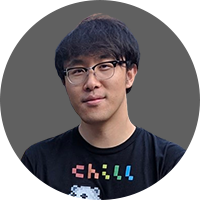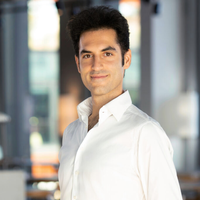Artificial intelligence & robotics
Lerrel Pinto
Created the world’s largest robotics data set at the time by getting robots to create and label their own training data.

China
Saining Xie
Developing next-generation infrastructure for visual understanding and generation.

Europe
Yannis Assael
AI Research Scientist, Google DeepMind

Global
Alhussein Fawzi
Pioneering the use of game-playing AI to speed up fundamental computations.

Asia Pacific
Soujanya Poria
Multimodal AI and natural language processing and implementing sentiment analysis through AI.
